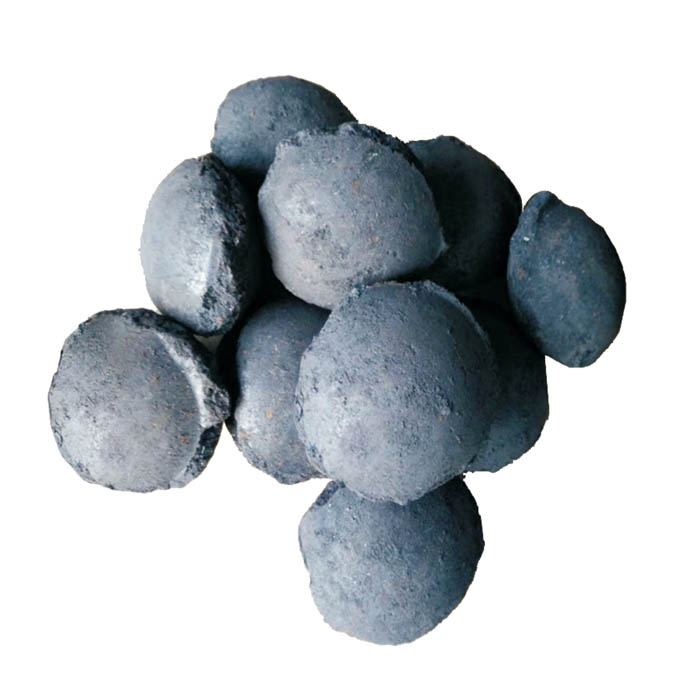Nov . 16, 2024 07:34 Back to list
Thermally Efficient Sheet Materials for Enhanced Insulation and Energy Savings
Thermally Insulating Sheet Materials A Key to Energy Efficiency
In today's world, the significance of energy efficiency cannot be overstated. As global temperatures rise and energy costs continue to soar, innovative materials that promise to reduce energy consumption are increasingly vital. One such innovation is thermally insulating sheet materials, which play a crucial role in enhancing energy efficiency across various sectors, including construction, automotive, and manufacturing.
Thermally insulating sheet materials are designed to minimize heat transfer between different environments, thereby maintaining desirable temperatures. These materials are characterized by their low thermal conductivity, which means they resist the flow of thermal energy. As a result, they are widely utilized in both residential and commercial buildings to improve insulation and reduce heating and cooling costs.
One of the most common types of thermally insulating sheet materials is polystyrene foam. Known for its lightweight properties and excellent insulation capabilities, polystyrene is often used in walls, roofs, and floors. Its closed-cell structure traps air, creating a barrier that effectively prevents heat loss in winter and keeps interiors cool in summer. Moreover, polystyrene is resistant to moisture, making it an excellent choice for environments where humidity is a concern.
thermally insulating sheet material

Another popular material is polyurethane foam, which boasts even lower thermal conductivity than polystyrene. Due to its superior insulating properties, polyurethane is frequently used in places where space is limited, such as in refrigeration units or in the construction of energy-efficient homes. Its versatility means it can be molded into various shapes and thicknesses, allowing for customization based on specific insulation needs.
Beyond the traditional materials, advances in technology are leading to the development of high-performance insulation sheets, such as aerogel. Often referred to as frozen smoke, aerogel is one of the most effective thermal insulators available today. Although it is more expensive than conventional options, its extreme lightness and remarkable insulating properties make it an attractive option for applications where weight and space savings are critical, such as in aerospace engineering.
Sustainability is also a significant factor in the selection of thermally insulating materials. Many manufacturers are now focusing on eco-friendly options, such as recycled insulation sheets or natural fibers, which not only reduce environmental impact but also enhance indoor air quality. These materials are especially appealing to architects and builders aiming for green certification in their projects.
In conclusion, thermally insulating sheet materials are essential components in the quest for greater energy efficiency. With a variety of options available—from traditional polystyrene to advanced aerogels—there is an insulating material suitable for nearly every application. As technology evolves and environmental concerns grow, these materials will continue to play a pivotal role in building a sustainable future, ultimately contributing to lower energy consumption and a smaller carbon footprint.
-
Eco-Friendly Granule Covering Agent | Dust & Caking Control
NewsAug.06,2025
-
Fe-C Composite Pellets for BOF: High-Efficiency & Cost-Saving
NewsAug.05,2025
-
Premium Tundish Covering Agents Exporters | High Purity
NewsAug.04,2025
-
Fe-C Composite Pellets for BOF | Efficient & Economical
NewsAug.03,2025
-
Top Tundish Covering Agent Exporters | Premium Quality Solutions
NewsAug.02,2025
-
First Bauxite Exporters | AI-Optimized Supply
NewsAug.01,2025
